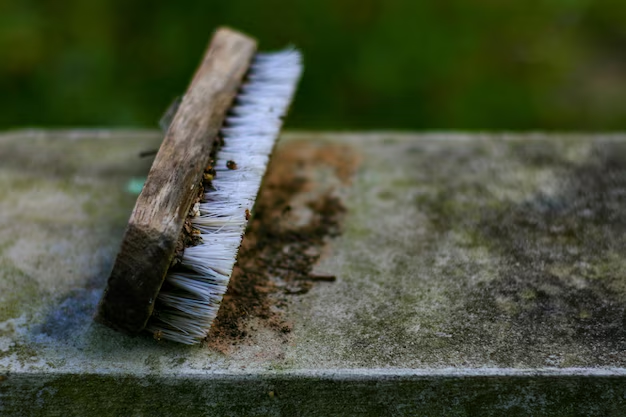Discover the Best Ways to Remove Moss from Your Roof
Does your roof look like it's wearing a fuzzy green hat? While moss might add a quaint touch to stone paths or garden statues, it's not as charming on your roof. Moss can damage your shingles and hinder their ability to shed water, leading to leaks and potentially costly repairs. Luckily, removing moss doesn’t have to be an overwhelming task. Here’s how you can tackle this green invader effectively.
Why Moss Forms on Roofs
Moss thrives in damp, shaded environments. If your home is surrounded by trees or if your roof doesn’t get a lot of sunlight, it’s a prime area for moss growth. Moss can also be a sign of other roof issues such as poor drainage or damaged shingles needing attention.
Steps to Remove Moss
1. Safety First:
Before you head up to your roof, ensure you have a sturdy ladder and are using proper safety equipment. Additionally, it’s wise to wait for a dry, calm day to avoid slipping hazards.
2. Gather Your Tools:
You’ll need a stiff-bristled brush, a large bucket, a garden sprayer, and a cleaning solution. You can either purchase a commercial moss remover or make a DIY solution with equal parts water and white vinegar or water and laundry-strength liquid chlorine bleach.
3. Scrub it Away:
Use the brush to gently scrub away the moss. Be gentle to avoid damaging the shingles. Scrub downward to prevent shingle lift and damage.
4. Apply Cleaning Solution:
Fill your garden sprayer with the moss removal solution and apply it evenly across the roof. Allow it to sit for 15 to 20 minutes to loosen the moss, but do NOT let it dry completely.
5. Rinse Thoroughly:
Use a hose with low water pressure to rinse off the solution. Avoid using a pressure washer as it can damage shingles.
6. Prevention is Key:
To deter moss from returning, cut back overhanging tree branches to allow more sunlight on your roof and install zinc or copper strips along the ridge. These metals naturally inhibit moss growth when rain disperses their ions across the roof.
Related High-Value Topics
Beyond the basic roof care tips, maintaining your home involves costs that can sometimes be unexpected. Fortunately, there are financial assistance programs and resources available to help manage these expenses:
Financial Assistance and Programs to Consider:
Home Improvement Loans: Low-interest loans are available for necessary repairs through various government and private programs.
Roof Repair Grants: Certain local and state governments offer grants or subsidies to homeowners for essential home repairs.
Energy Efficiency Incentives: If replacing your roof, look for incentives on energy-efficient materials which could save you money long-term.
Homeowners Insurance: Check if your current cover includes roof repairs and maintenance.
Tax Credits: Keep an eye out for any energy-saving improvements that could allow for tax credits.
Quick Resource Guide ➡️
- 🏡 FHA Title 1 Loans: Backed by the government to help homeowners finance essential repairs.
- 🌿 Green Energy Tax Credits: Savings for installing eco-friendly materials or technologies.
- 📑 Home Repair Assistance Programs: Local grants and subsidies available in many areas.
- 💸 Weatherization Assistance Program: Helps with improving home energy efficiency, sometimes covering necessary roof repairs.
Maintaining a moss-free roof not only boosts your home's curb appeal but also ensures its longevity and efficiency. By pairing these practical steps with financial insights, you can manage both the upkeep and costs of home maintenance effectively.
